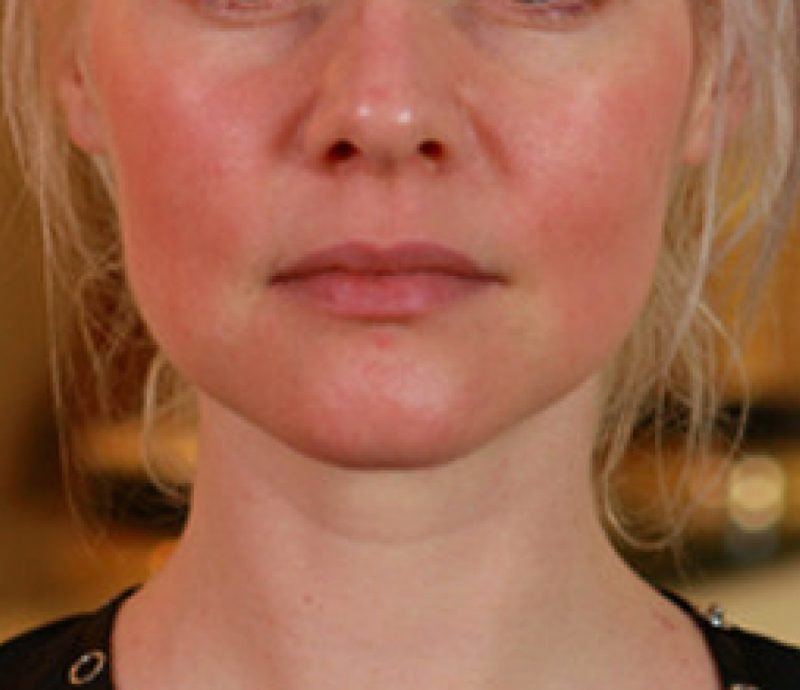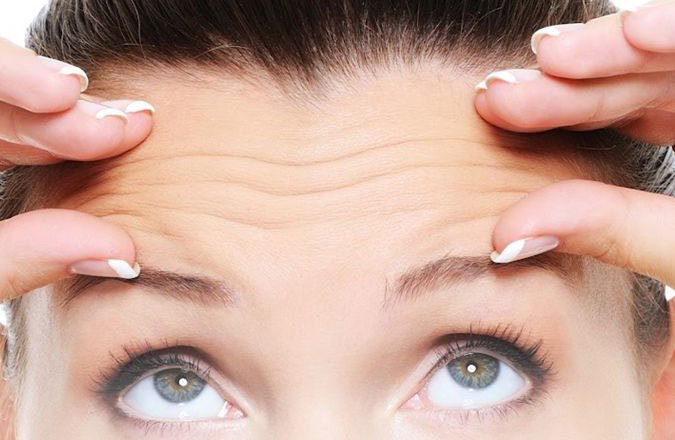All about Rosacea
Rosacea is a red, acne-like benign skin condition that is more common among fair skin types and Caucasians. Typical symptoms of rosacea include red or pink patches and visible tiny broken blood vessels. In more severe conditions, symptoms such as small red bumps containing pus, red cysts, and pink or irritated eyes also occur.
Rosacea commonly affects the central third of the face, especially the nose and cheeks. People suffering from rosacea experience facial flushing, blushing and sensitivity. These symptoms tend to have periodic ups and downs (flares and remissions). When rosacea first develops, it may appear, then disappear, and reappear again. The skin may clear for weeks, months, or years and then erupt again. However, the skin may fail to return to its normal colour and the enlarged blood vessels are rarely reverse itself.
Although rosacea is a chronic (long-term) condition, it is not considered contagious or infectious. There is no evidence that rosacea can be spread by contact with the skin, sharing towels, or through inhalation.
The causes and risk factors of rosacea
The exact cause of rosacea is still unknown and many who are affected by it are unaware of their condition. The basic process seems to involve dilation of the small blood vessels. Suspected causes of rosacea include but are not limited to genetic factors, genetics plus sun exposure, gastrointestinal disease, and medications that cause blood vessels to widen.
Additionally, a variety of triggers are known to cause rosacea to flare:
Emotional factors
Emotional factors such as stress, fear, anxiety, and embarrassment may trigger blushing and aggravate rosacea.
Weather
A flare-up can be caused by changes in the weather such as extreme cold or heat. According to Dr Litt, rosacea sufferers need to manage their activities carefully to avoid flare-ups, especially during the winter season as there are both high indoor heat and outdoor cold temperatures (1).
Sun exposure: sun-damaged skin is generally associated with rosacea as sun exposure causes redness and blood vessel dilation as well as heat up the skin and body overall. Thus, it increases rosacea symptoms in the skin.
Lifestyle
This includes exercise, alcohol consumption, and diet. Research shows that spicy food may aggravate rosacea. Many patients may also notice flares around the holidays, particularly Christmas and New Year’s holidays as they drink more alcohol around that time.
Rosacea risk factors include fair skin, English, Irish or Scottish heredity, easy blushing, and having other family members with rosacea (called “positive family history”). Additional risk factors include female gender, menopause, and being 30-50 years of age.
Treatment for rosacea
Rosacea is currently considered an incurable auto-inflammatory skin condition. While it cannot be cured, it can usually be controlled with proper, regular treatments. Treatment for rosacea focuses on controlling signs and symptoms. Most often this requires a combination of skincare and clinical treatments. The number of treatments depends on the type and severity of the symptoms and recurrence is common.
These are some forms of rosacea treatment that may significantly improve the condition for long periods of time:
Topical antibiotics
Topical antibiotics, such as metronidazole or azelaic acid, are effective for improving many cases of rosacea. After washing the face, medication is applied once or twice daily as directed by the doctor. Topical antibiotics can take several weeks to show marked improvement. Possible side effects will be discussed by the doctor or the pharmacist.
Oral antibiotics for moderate rosacea
For patients with moderate rosacea or those who do not respond well to topical antibiotics alone, an oral antibiotic may be prescribed which may be amoxicillin or tetracycline. Oral antibiotics mainly fight inflammation when used for rosacea.
Laser / IPL
Laser and intense pulsed light are the most effective treatments to reduce the continual redness and noticeable blood vessels on the skin. one of the main advantages of IPL technology is the minimal postprocedure downtime. The goal of treating vascular lesions with IPL is to raise the blood vessel temperature high enough to cause its coagulation, leading to its destruction. The treatment also induces more collagen production which strengthens and thickens the skin layers resulting in more even tone and texture. Studies have been shown that IPL is at least equally effective as pulsed dye laser in reducing both signs and symptoms of rosacea with minimal downtime. Multiple treatments are necessary to maintain the result. Treatments are recommended in 3-4 weeks intervals; during this time, sun exposure should be avoided.
Sun protection
Sun exposure is a well-known flare for many rosacea sufferers. Sunscreen protects the skin from UV rays which damage the skin over time. The use of an appropriate daily sunscreen lotion and overall sun avoidance is recommended. Zinc-based sunscreens provide superior sun protection compared to other types of sunscreens.
Change of lifestyle
Smoking, spicy foods, hot drinks, and alcohol may cause flushing and should be minimised. Exposure to sunlight and to extreme hot and cold temperatures should be limited as much as possible. Red wine and chocolate are two well-known rosacea triggers. Individual reaction patterns vary greatly in rosacea. Therefore, a food diary may help to elucidate your special triggers
References
https://www.rosacea.org/rr/2001/winter/article_2.php
Elham
Clinic manager
Book Your Appointment
At Medix Clinic, we offer a comprehensive range of professional skin and cosmetic treatments in Melbourne, tailored to your unique needs. Our services include effective acne scarring treatment in Melbourne, advanced scar treatment in Melbourne, and cutting-edge radio frequency microneedling in Melbourne to stimulate skin repair and regeneration. We also specialise in skin needling in Melbourne, non-surgical skin tightening in Melbourne, and safe skin tag and mole removal in Melbourne.
For pigmentation concerns, we provide precise pigmentation removal in Melbourne, helping you achieve a more even skin tone. To restore your skin’s natural radiance, our expert skin rejuvenation treatments in Melbourne are designed to revitalise and refresh. Additionally, enhance your smile with our professional LED teeth whitening in Melbourne, delivering safe and noticeable results.
At Medix, our goal is to deliver visible outcomes using evidence-based technologies, ensuring you feel confident in your skin.



